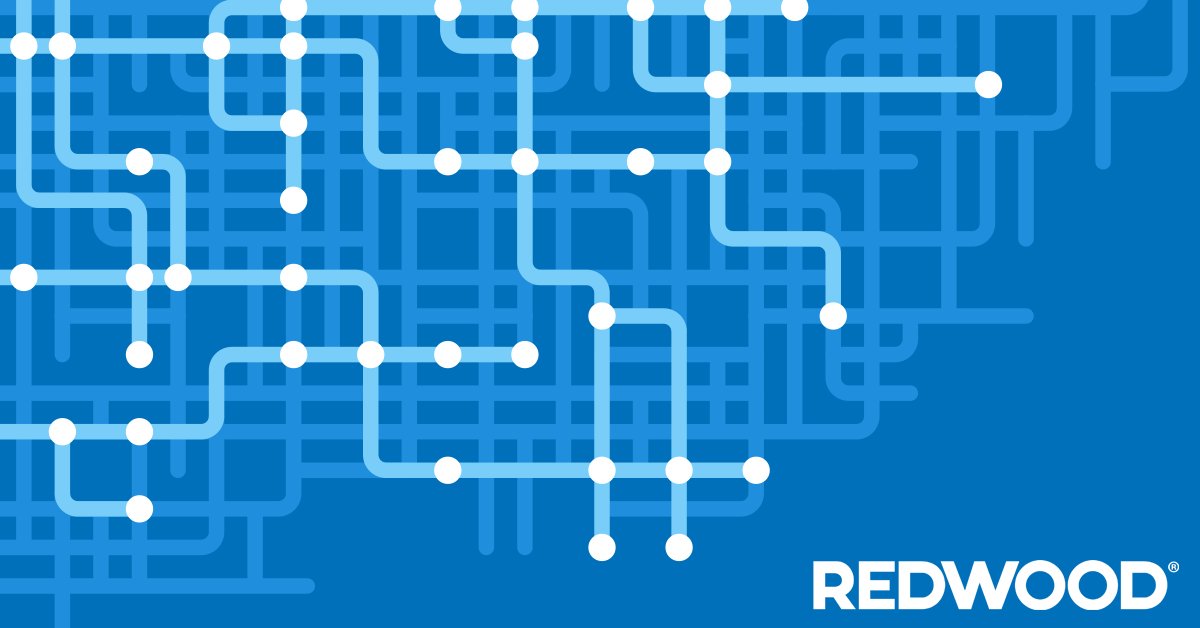REDWOOD LOGIN
Redwood PortalLTL
SCS
SCS Support
Rockfarm

Increasing resiliency is often a result, at least in part, of a strong E2E visibility strategy. However, even though these terms are ubiquitous and fairly easy to define, it’s much harder to actually create end-to-end (E2E) visibility with the intent of increasing resiliency.
In this blog post, we are taking a look at these two concepts and how building a good strategy to improve E2E visibility is one of the most important factors in maintaining a resilient supply chain.
One could loosely define visibility as the capability to access data from all aspects of a supply chain. Granted, many supply chains have begun to implement systems that allow for visibility to some degree.
However, simply being able to access that data is only one part of the equation. The real question then becomes; Is there a plan in place for leveraging said data?
Basic elements of visibility include the ability to know the locations of suppliers and manufacturers and how these groups interact/communicate. Additionally, it includes the means with which to highlight any general weaknesses within these systems.
Gaining better visibility requires knowing the specifics of how all parts of the supply chain are operating and exactly where, how, and why issues are developing. Equipped with this level of knowledge, companies may more precisely measure operations and build stronger resiliency levels.
There are a few key elements of a well-structured end-to-end visibility strategy. And within that strategy, a lot of the focus is on resiliency-minded end goals.
However, we’d like to highlight a few of the more crucial points that all supply chain professionals should keep in mind with regard to efforts made toward achieving that perfect balance.
In general, more information is always better. That being said, it’s important to note that the cost of complete visibility across every minute aspect of the supply chain is an expensive prospect. If you’re already operating on very thin margins, you may be wondering if it’s worth the cost of increasing your visibility capabilities.
There is no single visibility answer that can address the needs of every business. All individual businesses need to figure out what will work best for them and ensure that they don’t spend more than they can afford.
In the end, by placing more focus on the critical areas of your supply chain, you’ll catch many of the issues that may have plagued you in the past.
Some of the most useful tools for gaining a bit more insight into both current and future supply chain issues are digital twins and the control towers.
These advanced systems allow you to run simulations in order to predict the impact of any changes or disasters that could affect your supply chain in the future. While there are many different ways to improve visibility, these are some of the best ones available.
We've been talking about digital twins lately on the Redwood Insights blog. Read this blog post to learn how a supply chain digital twin might compliment your visibility efforts and increasing resiliency: Top 5 Benefits of a Digital Twin for Your Supply Chain
Leveraging the cloud allows supply chain managers to access data whenever and wherever they may be at any given time. This bypasses the need for workers or managers to be on-site when problems arise. Instead, authorized individuals can log into the system from approved devices at any time and address issues as needed.
Additionally, enabling different parts of your supply chain to work together in the cloud will increase communication and cohesiveness between all members involved in the process.
In the end, these improved operations allow goods to travel throughout the supply chain and arrive on store shelves or on customers' doorsteps with fewer delays.
Your time is valuable and integral to your company’s success. If you’re operating without end-to-end visibility of your supply chain, you are going to have to divert more of your own time and effort toward addressing problems as they develop.
Instead, you could have effective systems in place that provide you with real-time data, predictive analytics, and other key pieces of information so that you can make quick, informed decisions.
Furthermore, you may consider working with a logistics provider that can handle all of the specifics related to your operations. They can ensure that products are moving through the supply chain in the most efficient manner and that they are ending up in the hands of the consumer at the end of the process.
The world is continually changing. As a result, the supply chain challenges we are likely to see moving forward will undoubtedly increase in complexity.
By taking every step possible to build resilient supply chains with end-to-end visibility in mind, we put ourselves in the best position possible when disruptions hit the industry.